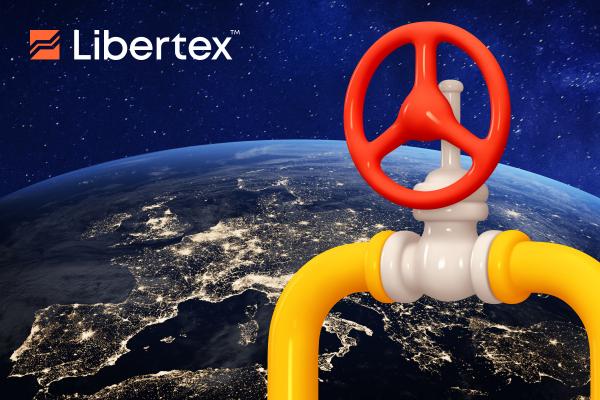Anyone with a car or gas central heating will surely remember the huge price increases these staple fuels experienced back in 2022, just as inflation on all other goods was also running wild. Brent hit a high of $122.70 per barrel last summer. Meanwhile, the decidedly seasonal natural gas also shot up massively, with the Dutch TTF Natural Gas Futures chart rising almost to ten times the amount of its November/December 2020 level to reach a whopping €290.05 per MWh in late August of last year.
After that peak, however, both these energy resources experienced a heavy downward trend, one which is still decidedly in effect for natural gas. Oil's trajectory has been slightly different but with much the same destination. Brent crude dropped more sharply to hit a low in March 2023 that has remained for the most part ever since.
But what investors would like to know just as the heating season got well and truly underway with a bang this week in Europe is this: What can we expect from the prices of these fuels up until the end of winter? Will the OPEC production cuts yield the desired result of higher prices? And will the cold winter ahead be enough to drive up the landed cost of LPG even after Europe and the US have had a full year to plan for this eventuality? Let's find out the answers to all of these questions and more in today's article.
Gas heating up
As we already touched upon briefly, natural gas has been almost in freefall since its huge growth back in the summer of 2022. Now, the critical energy source stands at the lower end of its historical average range, with the Dutch TTF showing €39.60 per MWh and the Henry Hub trading at $2.72 per MMBtu (as of 6 December), which represents an almost 80% average discount on last year's peak prices.
This is not without reason, however. Europe learnt its lesson from last winter and has steadily been increasing reserves to capacity. As a result, inventories are now at record highs, while European gas demand has fallen to 15–20% below its pre-pandemic levels on reduced industrial demand. One would, therefore, expect that everything should be under control for this winter's heating demand peak, right?
Well, perhaps it's not quite that simple. While energy security is in a much better place than it was 12 months ago, we would do well to avoid being overly optimistic. Gas will remain tight in Europe until Q1 2025 at least, with the latest wave of supply projected to hit the market in 2025–2026. If this winter proves to be as harsh as some predict, we might be caught off-guard, particularly if there are any supply disruptions or increased industrial demand in Asia and beyond. After all, inflation appears to be stabilising, and PMI will likely then return to growth territory, even in Europe.
If this happens, the likelihood of gas price rises will increase exponentially, with the Henry Hub even more likely to gain given the relative strength of the US economy and labour market and the Fed already moving away from its hawkish policy and inflation almost stable.
Oil is still a contender despite the green agenda
Crude is another key energy commodity that has fallen from dizzy heights down to more manageable levels within the past year. And despite supply-side issues related to regional geopolitical instability — this time both in Europe and the Middle East — Brent has somehow managed to avoid revisiting the zenith of $120+ per barrel. In reality, there are multiple downward pressures working against oil, but to little avail, it would seem.
First, we have the overwhelming global trend towards greener sources of energy, with electrified vehicles leading the charge. Then, there is the extremely powerful factor of OPEC and its associated oil-producing nations. The cartel, with Russia and Saudi Arabia leading the chase, has already agreed to sustain production cuts.
Back on 5 November, both the KSA and Russian Federation agreed to extend their voluntary output cuts of 1 million bpd and 300,000 bpd, respectively, through the end of the year. In fact, according to Reuters, the two major OPEC players are expected to convene later this month in order to decide on "extending, deepening or increasing" their daily cuts. The knock-on effect of this phenomenon, coupled with rising demand from a resurgent Chinese industrial sector, is expected to drive prices up in the final quarter of 2023.
The US Energy Information Administration predicts that Brent will hit $93 by the end of 2023, with Light Sweet and WTI not far behind. If oil does hit this level by year's end, the probability of continued gains in 2024 can only rise.
Trade energy and more CFDs with Libertex
Libertex is a broker offering CFDs in a vast array of different asset classes, from stocks, indices, and ETFs to metals, energy resources, agricultural commodities, and, of course, energy commodities such as natural gas and crude oil. Libertex provides both long and short positions in major oil and gas underlying assets like WTI, Light Sweet, Brent and Henry Hub Natural Gas.


